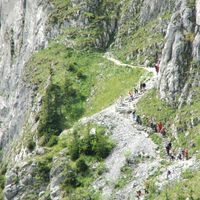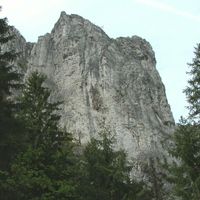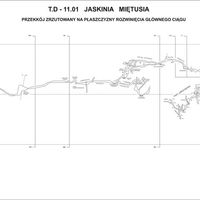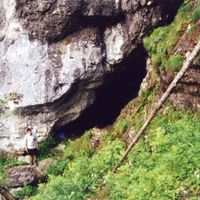Kościelisko
7.15
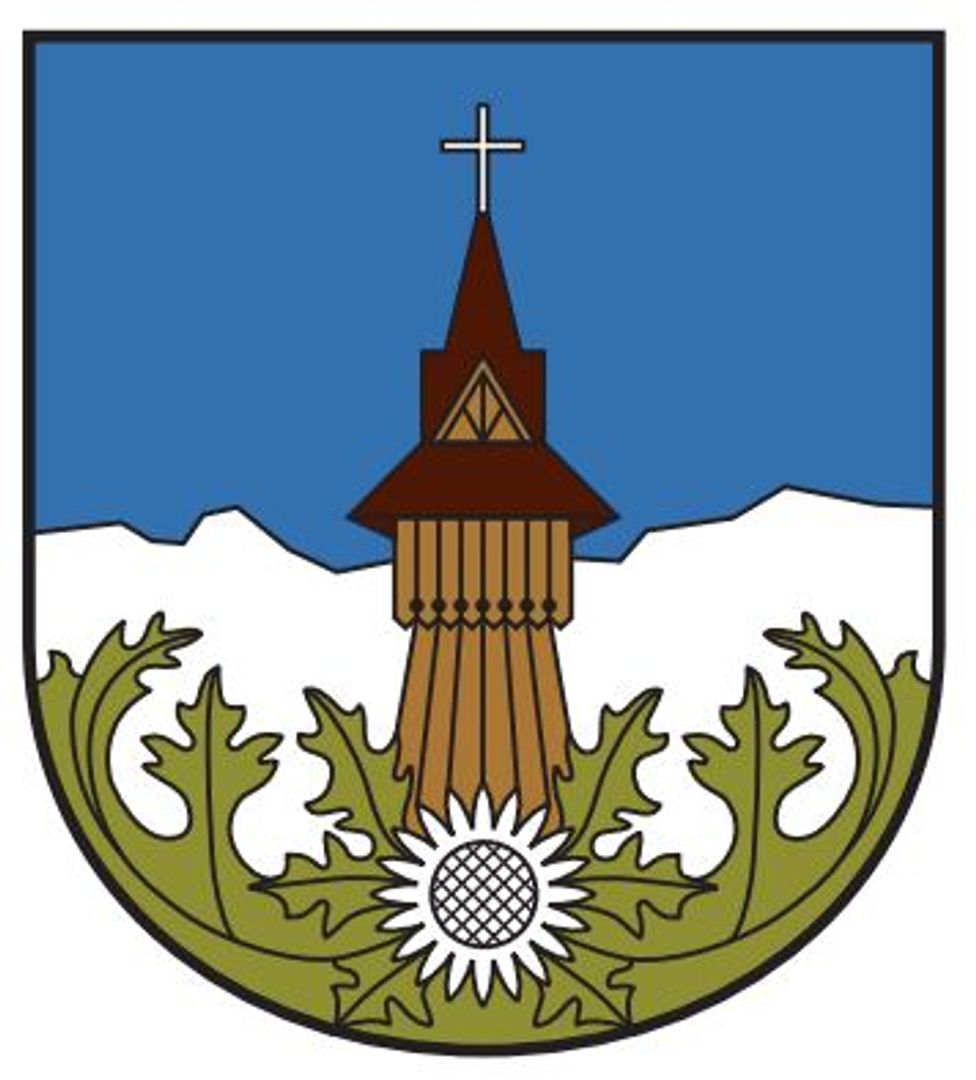
Overview
Kościelisko is a picturesque highland village located in the Lesser Poland Voivodeship, known for its rich history and architecture, including the wooden Church of St. Casimir, built between 1910 and 1914 according to the design of Eugeniusz Wesołowski and adorned with stained glass windows by Stefan Matejko. Initially serving as a filial chapel, the church gained the status of an independent parish in 1918. Kościelisko has a history dating back to pastoral settlements since 1623 and was part of the same settlement as Zakopane until 1867. In the 1970s, the village merged with Witów, Dzianisz, and Chochołów to form the Kościelisko-Witów municipality, which was later incorporated into the Tatra Municipality. In 1994, the Kościelisko municipality was reestablished. The village is a popular vacation destination, with 21 historical pastoral settlements known as *polany* (clearings), which contribute to its local character and name. Notable landmarks in Kościelisko include the Dyrektorówka in the Dłuski Sanatorium and the Church of St. Casimir, both listed in the register of historical monuments. After World War II, monasteries established by the Sisters of the Perpetual Adoration and the Canons Regular of the Lateran began operating in the village. With a population of 4,482 and an area of 54 km², Kościelisko is also associated with many notable figures, such as Jan Krzeptowski (Sabała), Stanisław Nędza-Kubiniec, and Sebastian Karpiel-Bułecka. Another interesting aspect is its location in the Kościelisko Valley and on the southern slopes of the Gubałówka Foothills, as well as its proximity to the Kościeliska Valley and the Western Tatras, making it a popular destination for tourists and mountain enthusiasts.
Location
2025 Wizytor | All Rights Reserved
